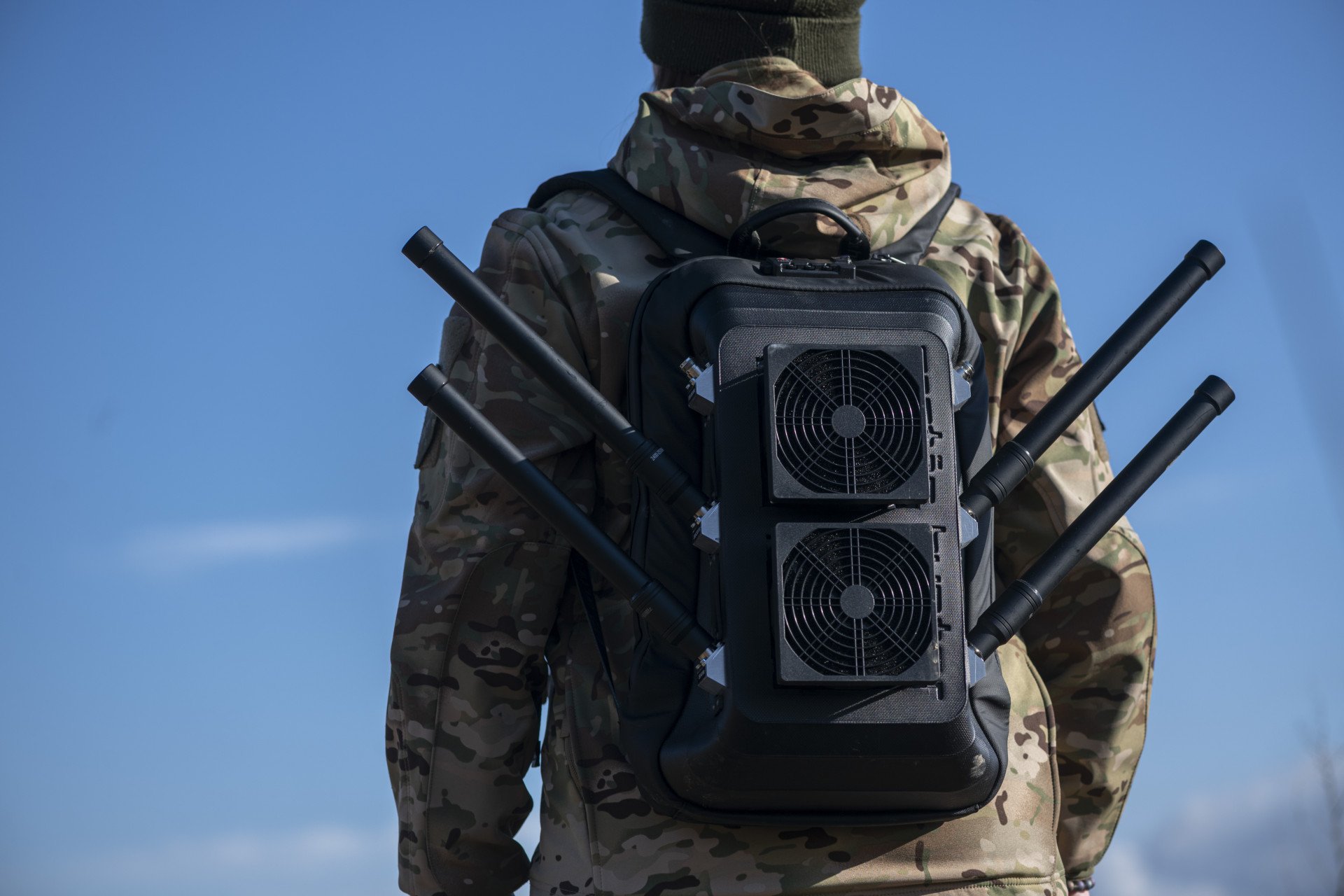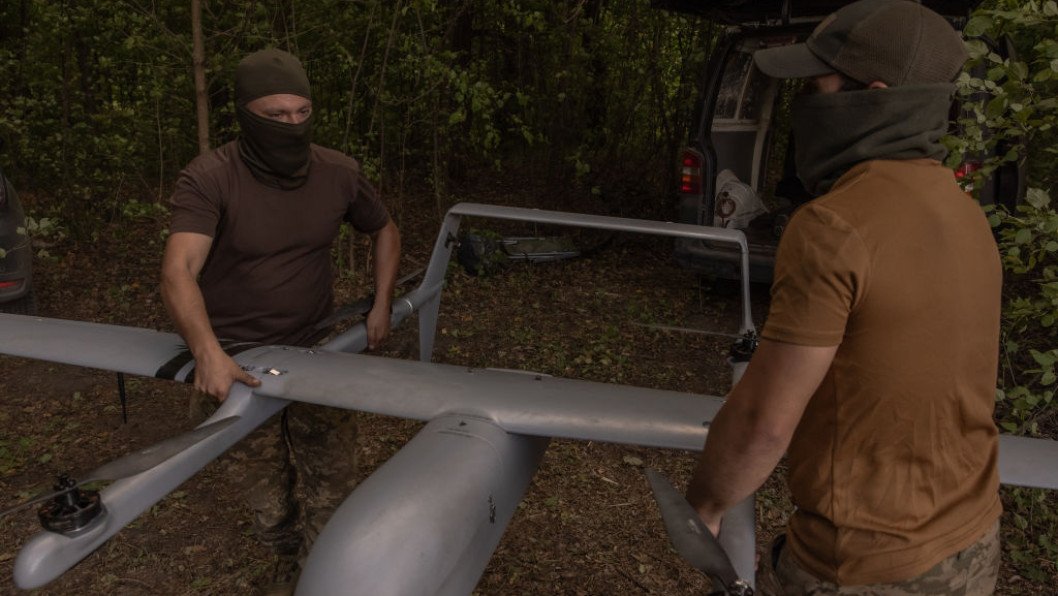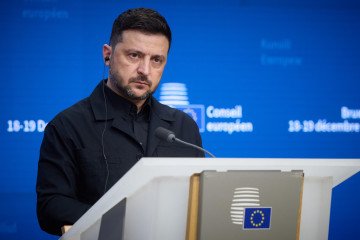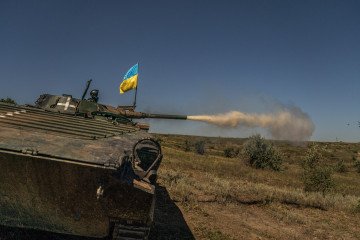- Category
- Latest news
How Ukraine’s Drone War Is Shaping the Future of US Special Forces

Ukraine’s experience with electronic warfare is reshaping how the US trains and equips its special operations forces. Drawing from lessons on the front lines, the US Air Force is shifting toward more agile, resilient, and combat-tested systems to prepare for future battlefield conditions.
As the US Air Force Special Operations Command (AFSOC) updates its operational strategy, it is drawing heavily from battlefield lessons observed in Ukraine.
According to The War Zone on May 5, observations from the ongoing war are driving structural changes in how AFSOC trains its personnel, develops platforms, and acquires new capabilities.
A senior US Air Force official stated that Ukraine has demonstrated the importance of operating effectively in dense electronic warfare (EW) environments and responding quickly to evolving tactical threats.
Unlike previous conflicts, where AFSOC operated largely in uncontested electromagnetic environments, current planning assumes degraded communications, GPS denial, and constant adaptation in both offensive and defensive EW capabilities.
Both Ukraine and Russia employ advanced EW systems that regularly disrupt drone operations, force a reliance on fiber-optic cables, and challenge the effectiveness of Western-supplied precision munitions such as the Ground Launched Small Diameter Bomb (GLSDB).

These conditions have underscored the need for resilient precision, navigation, and timing (PNT) capabilities in future operations.
The official noted that AFSOC is reassessing its approach to training, focusing on improving the EW proficiency of both ground and air units. This includes examining whether some aircraft platforms should reintroduce combat systems officers to enhance mission flexibility and EW responsiveness from the outset of deployment.
In parallel, AFSOC is reevaluating its acquisition process to allow for faster adaptation. The official emphasized a shift from traditional “programs of record” toward more agile “programs of capability,” which can quickly incorporate operationally relevant technologies.
This approach aims to match the pace of battlefield innovation seen in Ukraine, where both Ukrainian and Russian forces continuously adjust their use of drones, jammers, and countermeasures.
-cd2c40945e16486a17e6a4a5907b0f7a.png)
Some future capabilities, especially asymmetric and expendable systems, may be treated more like consumables than traditional weapons platforms. The intent is to accept potential losses of these systems without significant operational or financial setbacks, allowing AFSOC to iterate and evolve more rapidly.
Despite accepting its final planned AC-130J Ghostrider gunships and MC-130J Commando II aircraft, AFSOC does not consider these platforms fully complete. Work continues to ensure they remain operationally relevant through software-defined radios, modular open systems architecture, and collaborative development with US Special Operations Command (SOCOM) and the broader Air Force.
The official concluded that AFSOC’s long-term effectiveness will rely not only on technical upgrades, but also on the ability to integrate these systems within joint force operations and to prepare personnel for dynamic, EW-contested battlefields.
Earlier, the Pentagon began partnering with Ukrainian drone manufacturers after US startups failed to meet combat requirements. Ukrainian companies like Skyfall, which have completed over a million missions, are now supplying battle-tested drones to US forces, offering systems that are cheaper, jam-resistant, and proven under fire.





-72b63a4e0c8c475ad81fe3eed3f63729.jpeg)


